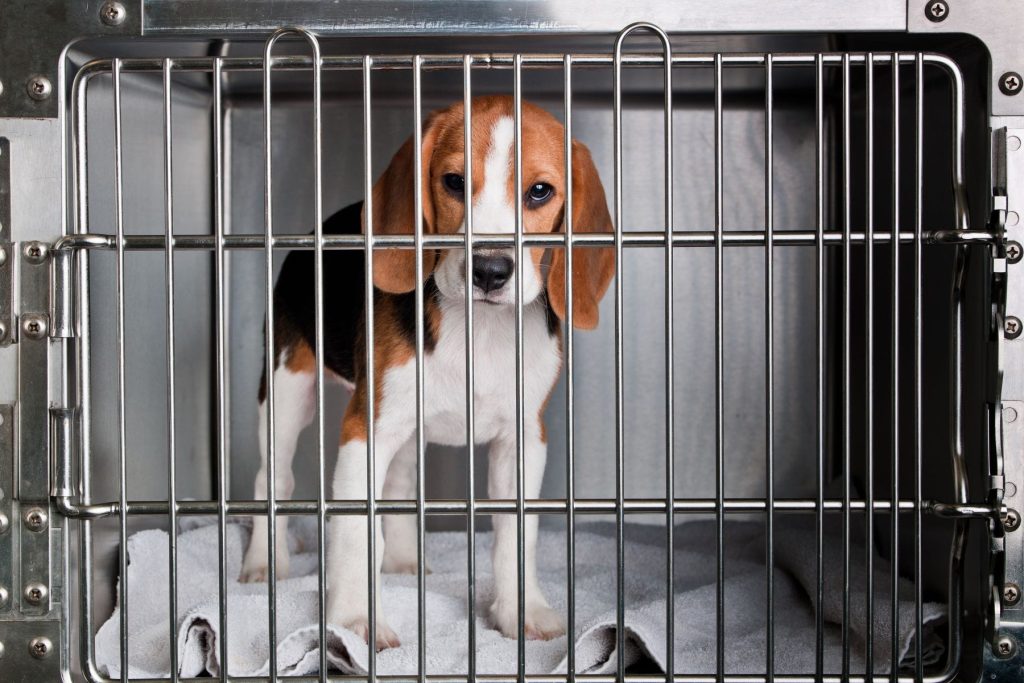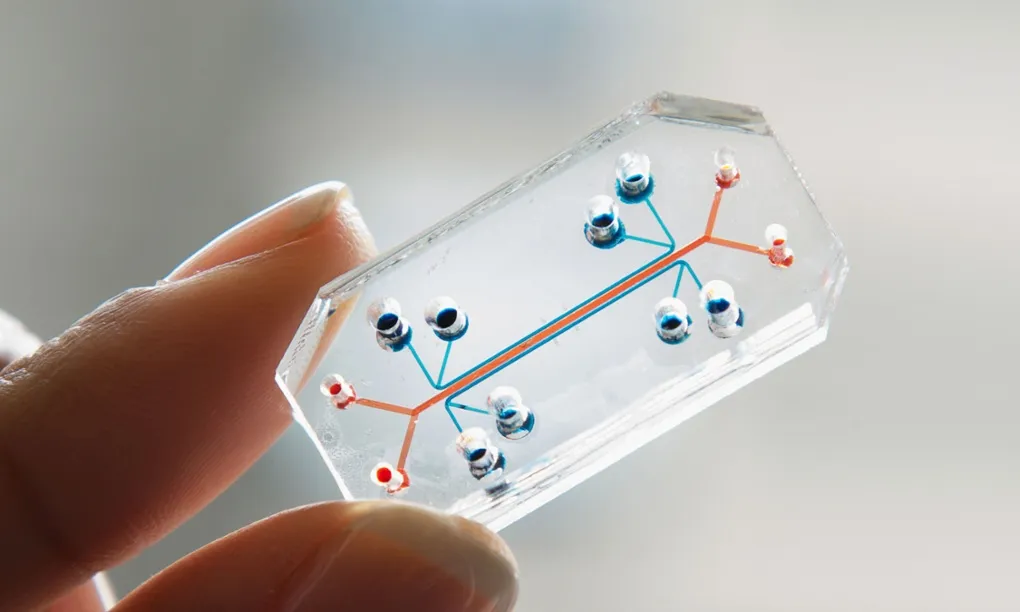In Canada and around the world, millions of animals every year endure lives of pure torture and misery in the name of science.
According to new data from The Canadian Council on Animal Care (CCAC), at least 3,521,143 animals were used in Canadian experiments in 2022. These animals include mice, fishes, cows, birds, reptiles, cats, dogs, primates, and more. But the numbers don’t tell the whole story: only CCAC-certified labs are required to report their statistics, and many private labs choose not to participate.
In Canada, the federal government doesn’t regulate or oversee animal experimentation, which leaves animals vulnerable to abuse behind closed doors. Instead of having strong legal protections for animals in labs, the CCAC—a non-profit organization dominated by animal experimenters—creates voluntary standards for animal treatment, and gathers statistics on animal use in Canadian science.
This is a big problem. The CCAC has no legal authority, and can’t take legal action against a lab for failing to follow its voluntary guidelines. The most it can do—even in cases of extreme animal abuse—is recommend that the government cut funding to a lab. But there’s no publicly available information to suggest that funding has ever been stopped due to non-compliance.

Who Suffers in the Name of Science?
In Canadian labs, animals across various species endure painful and terrifying experiments for medical development, chemical safety tests, and scientific research. Unlike human test subjects, animals cannot give their consent to be experimented on.
Animals used for science are often bred and sold to labs, or can even be obtained through animal shelters and the illegal wildlife trade.
Like a real-life nightmare, labs often keep animals in barren cages for their entire lives. When they’re being tested on, animals are typically restrained so experimenters can perform procedures without them getting away. These tests can include swallowing chemicals, undergoing invasive surgeries, ingesting drugs, blood collection, or being injected with deadly viruses. When the animals are no longer needed, they are killed and tossed out like garbage by the experimenters.
The following table shows the number of animals used in CCAC labs in 2022:
| Type of animal | Number of animals |
|---|---|
| Mice | 1,340,916 |
| Fishes | 1,198,299 |
| Cows | 462,025 |
| Birds | 161,669 |
| Rats | 138,329 |
| Amphibians | 76,613 |
| Pigs | 33,863 |
| Other animals | 30,336 |
| Reptiles | 22,606 |
| Other rodents | 15,205 |
| Guinea pigs | 14,131 |
| Dogs | 10,417 |
| Nonhuman primates | 7,848 |
| Cats | 4,488 |
| Rabbits | 4,398 |
| Total | 3,521,143 |
Animal Testing is Deeply Flawed
While animal testing is well entrenched in the research industry, it is drawing increasing scrutiny not only for its horrifying cruelty but also because animal tests don’t always translate well to humans.
For example, 95 percent of drugs shown to be safe and effective in animal models fail in human clinical trials. Animals like mice have vastly different body and mind functions than humans. Many scientists are now raising alarm bells about the inefficiency of animal research, and the breakthroughs science could be making if only it focused more on human biology models.
But there’s good news: state-of-the-art alternatives to animal testing are being developed worldwide, that are not only kinder to animals but are more scientifically accurate and cost-effective.
Alternatives to animal testing include:
- In vitro: Laboratory studies using cells or tissues outside a living organism, such as in petri dishes or test tubes.
- Computer modelling and simulation: Digital simulations predicting drug behavior and biological processes in the human body.
- Organ-on-a-chip: Microfluidic devices with living cells simulating human organ function.
- Human-derived models: Use of human cells and tissues, including 3D bioprinted tissue models.
- Microdosing: Administering very small drug doses to humans.
- Epidemiological studies: Observational human studies to understand health impacts of various factors.
- Virtual dissection and synthetic models: Using virtual reality and artificial models for anatomy and surgical education.

Photo: Wikimedia Commons
Progress for Canadian Lab Animals, But More Needs to Be Done
In 2023, Canada passed two groundbreaking bills to ban cosmetic animal testing and the sale of animal-tested cosmetics, and to phase out toxicity tests on animals, which are some of the most painful tests imaginable.
While these legal strides are incredibly inspiring, there is still a long road ahead to replace the use of all animals in research. Join us in taking action for animals in labs!




